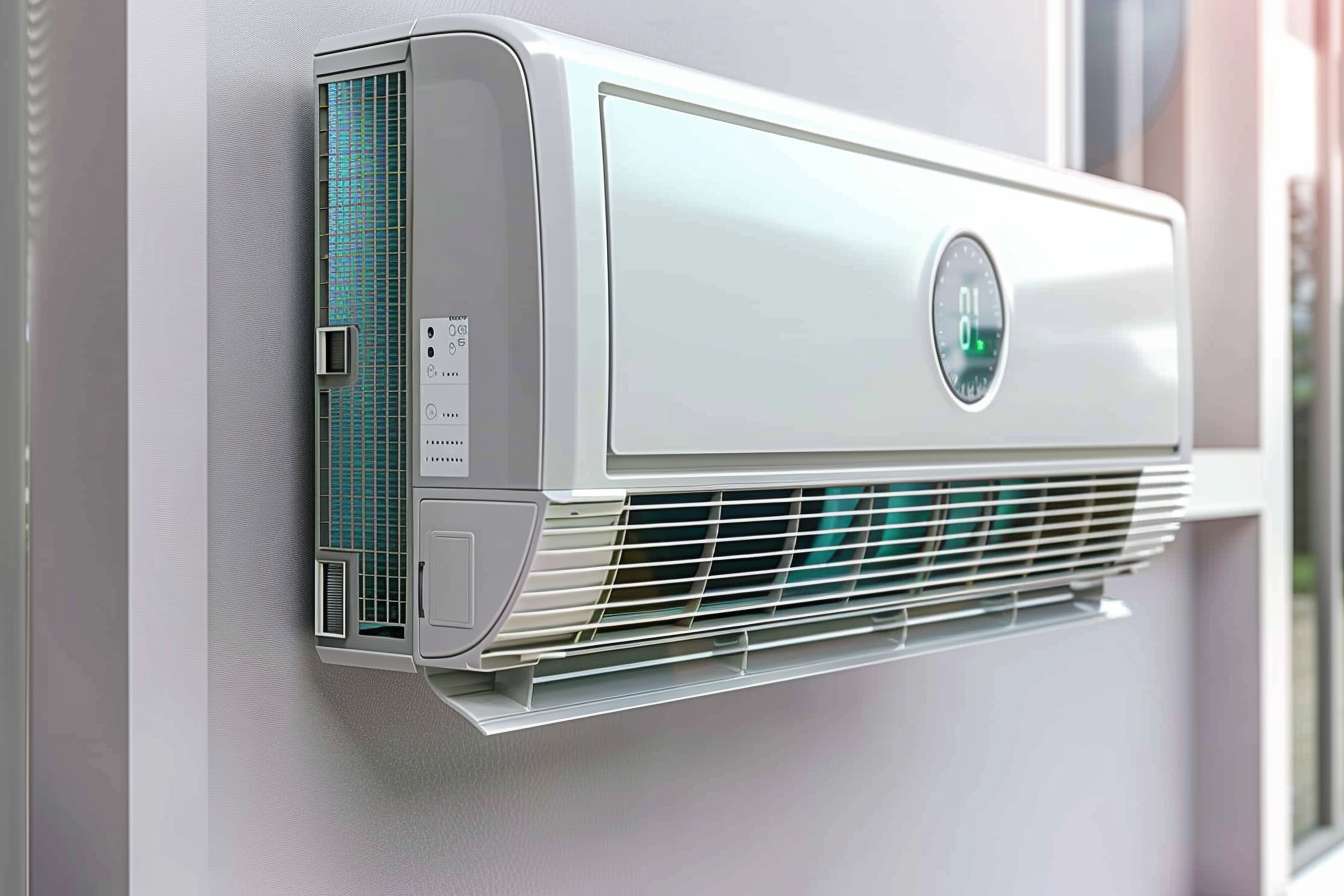Airflow and temperature control approaches for consistent sleep comfort
Consistent sleep comfort depends on more than a thermostat setting. Managing airflow and room temperature combines practical adjustments—ventilation, fan placement, and textile choices—with layout, storage and lighting decisions to create a predictable microclimate. This article outlines actionable approaches to maintain steady sleep conditions while considering acoustics, ambiance, and practical organization.

Consistent sleep relies on balanced airflow, predictable temperature, and a bedroom environment that supports rest. To create a stable microclimate, start by assessing natural ventilation and mechanical options, then layer in choices about mattress materials, textiles, and placement. Small changes—adjusting shelving height, declutter efforts, or moving an accessory lamp—can influence airflow paths, thermal hotspots, and the overall ambiance. Combining these elements with attention to acoustics and the color palette of wallpaper or paint helps establish a comfortable, consistent sleeping environment.
How does airflow impact mattress comfort?
Airflow affects how heat is drawn away from the body and the mattress surface. A breathable mattress combined with moisture-wicking textiles helps regularize temperature throughout the night. Position vents or fans to promote gentle circulation rather than direct drafts across the headboard or face. Bed accessories like mattress toppers and breathable pillows should complement the mattress type rather than trap heat. Consider the layout so both sides of the mattress receive similar airflow to avoid one partner feeling warmer. Proper bedding rotation and occasional airing of the mattress also reduce retained heat and preserve comfort.
Can layout, shelving, and storage improve temperature?
Furniture layout and storage choices influence how air moves and where heat accumulates. Bulky shelving or tall storage units placed against vents or external walls can block airflow and create thermal pockets. Declutter around ventilation sources and maintain clear pathways for circulating air. Organize wardrobes and storage so heavier items aren’t pressed against cold exterior walls, which can lead to condensation or cold spots. A well-planned layout paired with anchored shelving can both maximize usable space and keep ventilation effective, reducing the need for aggressive heating or cooling that disturbs sleep.
What role do textiles and accessories play?
Textiles—including curtains, rugs, and bedding—moderate temperature and acoustics. Heavy curtains can block drafts and insulate windows, while lighter sheers encourage cross-ventilation when windows are open. Layering textiles allows for flexible thermal control: use breathable sheets when it’s warm and add a light blanket or throw as temperatures drop. Accessories such as draft stoppers, breathable pillow shams, and moisture-wicking mattress protectors contribute to a steady sleep climate. Choose textiles that balance insulation and breathability to avoid trapping heat while preserving quiet, comfortable ambiance.
How do lighting, color palette, and ambiance affect thermal perception?
Lighting and the color palette change perceived warmth; warm light and rich colors can make a room feel cozier, while cool lighting and pale tones create a sense of freshness. Use dimmable lighting to simulate dusk and help the body prepare for sleep, and place lamps as accessories where they won’t block airflow. Avoid heat-generating fixtures directly above sleeping areas—LEDs provide illumination with minimal heat. Wallpaper or wall finishes that reflect light moderately can help maintain visual coolness without requiring temperature changes, supporting a consistent feeling of comfort.
How can declutter, organization, and headboard choices help?
Declutter and organization reduce obstacles to airflow and simplify temperature management. A neat room allows air to move freely and makes it easier to spot where warm or cold drafts originate. Select a headboard material and design that doesn’t trap heat; slatted or ventilated headboards permit better circulation behind the bed, while padded headboards can add insulation. Keep bedside shelving minimal and avoid stacking items that can block heat sensors or vents. Thoughtful organization also makes it easier to adjust bedding and textiles in response to small temperature shifts.
How do acoustics and wallpaper influence comfort?
Acoustics and wall treatments affect both perceived comfort and physiological sleep readiness. Soft textiles and textured wallpaper can dampen noise, supporting uninterrupted restorative sleep, which indirectly influences temperature regulation by reducing nighttime arousals. Wallpaper choices that offer slight insulation can help reduce cold-wall effects, especially in older homes with thinner walls. Acoustic panels, rugs, and fabric-covered shelving improve sound control while contributing to thermal balance; select materials that do not overly trap heat or impede airflow in critical areas.
Conclusion Maintaining consistent sleep comfort is a layered process: optimize airflow first, then fine-tune temperature with textiles, mattress choices, and layout decisions. Use organized storage and shelving to prevent blocked vents, choose lighting and the color palette to influence perceived warmth, and consider acoustics and headboard design as part of the overall microclimate plan. Small, coordinated adjustments across accessories, bedding, and room organization create steadier nights without relying solely on mechanical heating or cooling.





